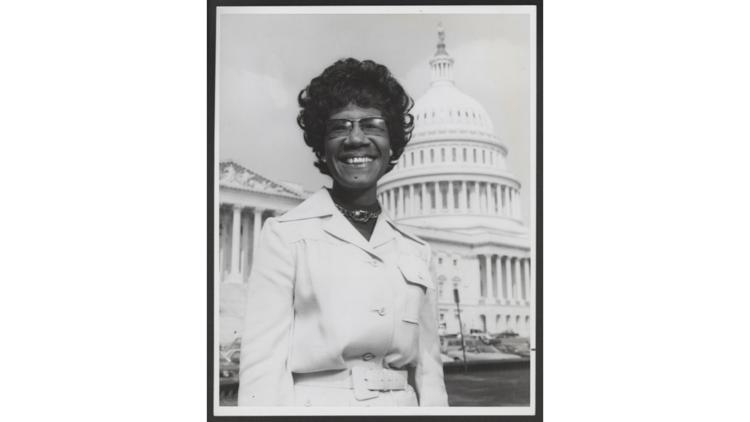WASHINGTON — Vice President Kamala Harris has already made history and could be on her way to making even more. Earlier this week, President Joe Biden announced he is exiting the presidential race and endorsed Harris to replace him.
Since the president's announcement, Harris has confirmed she is running for president, broken a fundraising record and secured enough delegates to become the Democratic Party's presumptive nominee.
But even before this chapter of her career began, Harris was already in the history books. She is the first woman, Black person and person of South Asian descent to serve as vice president. If she becomes the Democratic nominee and later defeats Republican candidate Donald Trump, she would be the first woman and second Black person to serve as president.
But while Harris could become the first Black woman to become a presidential nominee, she isn't the first to try.
Who was Shirley Chisholm?
According to the National Women's History Museum, Shirley Anita St. Hill Chisholm was the first Black Congresswoman, serving seven terms in the U.S. House of Representatives, beginning in 1969. She was also the first woman and Black American to seek the nomination for president from one of the two major political parties, in 1972.
Chisholm was born and raised in Brooklyn, the daughter of immigrants from Barbados and Guyana, according to the National Museum of African American History & Culture (NMAAHC). She initially worked as a nursery school teacher before eventually getting involved in politics, joining chapters of the League of Women Voters, the National Association for the Advancement of Colored People (NAACP), the Urban League and the Democratic Party club in Bedford-Stuyvesant.
In 1964, Chisholm ran for and became the second Black person to serve in the New York State Legislature. Then, in 1968, after court-ordered redistricting created a new district in her neighborhood, she sought and won a seat in Congress. During her time in the House, "Fighting Shirley" championed racial and gender equality, the experience of poor Americans and ending the Vietnam War.
She also co-founded the National Women's Political Caucus in 1971.
Chisholm's quest for the 1972 Democratic nomination
In 1972, Chisholm set out to become the Democratic presidential nomination, campaigning with the slogan "Unbought and Unbossed." But discrimination plagued her campaign.
According to the Women's History Museum, Chisholm was blocked from participating in televised primary debates and, after taking legal action, was permitted to make just one speech.
Despite that, she gained a following, entering 12 primaries and garnering 152 of the delegates' votes (10% of the total). But ultimately, it wasn't enough and she failed to win the Democratic Party's nomination, losing to U.S. Sen. George McGovern, according to the NMAAHC.
Chisholm would go on to serve another 11 years in Congress, retiring in 1983. In 1977, she became the first Black woman and second woman ever to serve on the House Rules Committee.
After her congressional retirement, Chisholm taught at Mount Holyoke College and co-founded the National Political Congress of Black Women before moving to Florida in 1991. She died in 2005.



